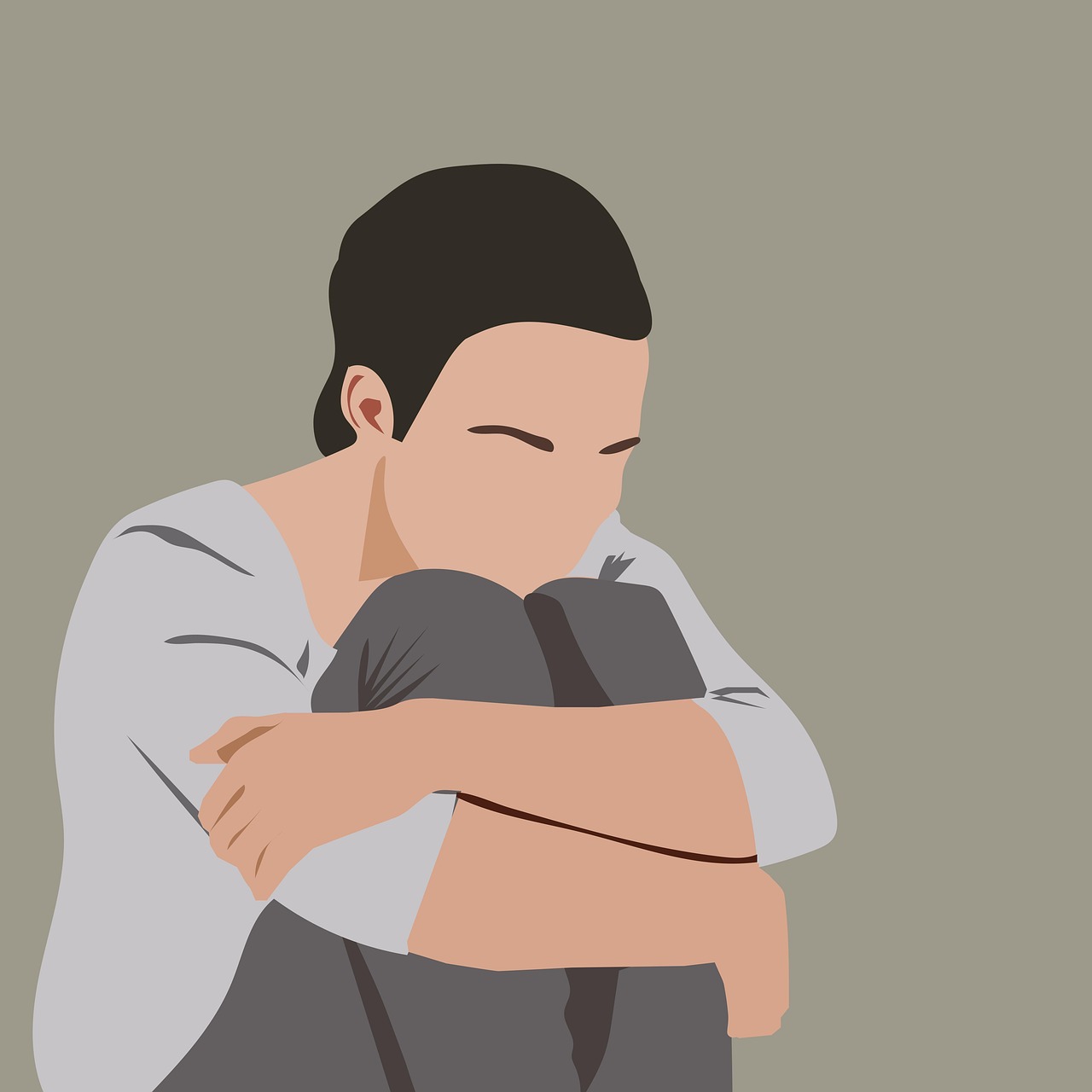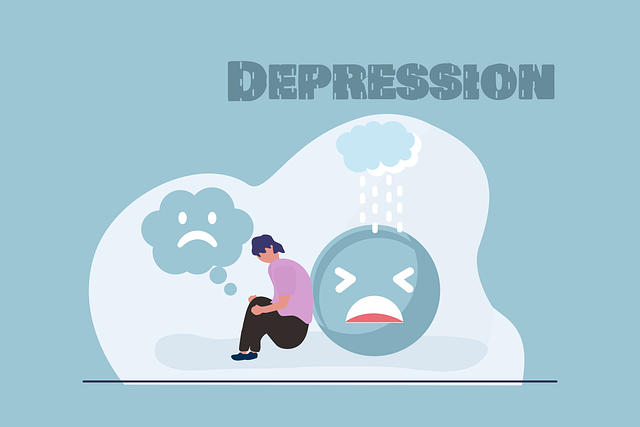Obesity is a growing global health concern, affecting millions of men and women across all age groups. It not only increases the risk of chronic diseases such as diabetes, heart disease, and certain cancers but also impacts mental health, self-esteem, and overall quality of life. While weight loss can be challenging, it is achievable with a personalized, sustainable approach that addresses both physical and psychological factors. In this article, we’ll explore effective strategies for tackling obesity and achieving healthy weight loss for both men and women.
Understanding the Root Causes of Obesity
Before diving into solutions, it’s essential to recognize that obesity is a multifaceted issue influenced by genetics, environment, lifestyle, and emotional well-being. Common contributors include:
- Poor Diet: Consuming high-calorie, processed foods while neglecting nutrient-dense options.
- Sedentary Lifestyle: Lack of physical activity due to desk jobs, screen time, or limited access to recreational spaces.
- Hormonal Imbalances: Conditions like hypothyroidism, polycystic ovary syndrome (PCOS), or insulin resistance can make weight management more difficult.
- Stress and Emotional Eating: Using food as a coping mechanism for stress, anxiety, or depression.
- Sleep Deprivation: Poor sleep disrupts hunger hormones (ghrelin and leptin), leading to increased appetite and cravings.
- Medications: Certain drugs, such as antidepressants or steroids, may cause weight gain as a side effect.
Understanding these underlying factors is key to developing an effective and tailored weight-loss plan.
Step 1: Set Realistic and Personalized Goals
One-size-fits-all approaches rarely work when it comes to weight loss. Instead, focus on setting SMART (Specific, Measurable, Achievable, Relevant, Time-bound) goals that align with your unique needs and circumstances.
- For Men: Men often have higher muscle mass and faster metabolisms than women, which can influence their calorie requirements and exercise preferences.
- For Women: Hormonal fluctuations during menstruation, pregnancy, or menopause may affect weight loss efforts, requiring adjustments to diet and exercise routines.
Example Goal: “I will lose 1–2 pounds per week by exercising four times a week and reducing my daily calorie intake by 500 calories.”
Step 2: Adopt a Balanced, Nutrient-Dense Diet
Diet plays a central role in weight loss. Focus on creating a calorie deficit while ensuring you consume adequate nutrients to support overall health.
Key Dietary Strategies:
- Prioritize Whole Foods: Include plenty of fruits, vegetables, whole grains, lean proteins, and healthy fats in your meals.
- Men: May benefit from slightly higher protein intake to preserve muscle mass during weight loss.
- Women: Should ensure sufficient iron and calcium intake, especially if they are premenopausal or postmenopausal.
- Control Portion Sizes: Use smaller plates, measure servings, and avoid eating directly from packages to prevent overeating.
- Limit Processed Foods: Reduce consumption of sugary snacks, refined carbs, and fast food, which are high in empty calories.
- Stay Hydrated: Drink water throughout the day to curb hunger and improve metabolism. Aim for at least 8–10 glasses daily.
- Mindful Eating: Eat slowly, savor each bite, and pay attention to hunger cues to avoid overeating.
- Consider Intermittent Fasting (Optional): Some individuals find success with intermittent fasting (e.g., 16:8 method), but consult a healthcare provider before starting.
Step 3: Incorporate Regular Physical Activity
Exercise is crucial for burning calories, building muscle, and improving metabolic health. The best workout plan is one that you enjoy and can stick to long-term.
Recommended Activities:
- Cardiovascular Exercise: Walking, running, cycling, swimming, or dancing helps burn calories and improve heart health. Aim for at least 150 minutes of moderate-intensity cardio per week.
- Men: Strength training combined with cardio can enhance testosterone levels and boost metabolism.
- Women: Low-impact cardio like swimming or yoga may be gentler on joints, especially for those with hormonal imbalances.
- Strength Training: Lifting weights or using resistance bands builds muscle, increases resting metabolic rate, and improves body composition. Perform strength workouts 2–3 times weekly.
- Flexibility and Mobility: Practices like yoga, Pilates, or stretching enhance flexibility, reduce injury risk, and promote relaxation.
- Incorporate Movement Into Daily Life: Take the stairs, walk during breaks, or park farther away to increase incidental activity.
Step 4: Address Emotional and Psychological Factors
Emotional eating and stress are significant barriers to weight loss for many people. Developing healthier coping mechanisms is essential for long-term success.
Strategies to Manage Emotional Eating:
- Identify Triggers: Keep a journal to track when and why you reach for unhealthy foods.
- Find Alternatives: Replace emotional eating with activities like walking, journaling, or calling a friend.
- Seek Professional Help: Therapists specializing in cognitive-behavioral therapy (CBT) or mindfulness-based interventions can help reframe negative thought patterns.
Support Systems:
Joining a weight-loss group, working with a coach, or partnering with a friend can provide accountability and encouragement.
Step 5: Prioritize Sleep and Stress Management
Sleep and stress management are often overlooked but critical components of weight loss.
- Improve Sleep Quality:
- Stick to a consistent sleep schedule.
- Create a relaxing bedtime routine (e.g., reading, meditating).
- Avoid caffeine, alcohol, and screens before bed.
- Manage Stress:
- Practice relaxation techniques like deep breathing, meditation, or tai chi.
- Engage in hobbies or activities that bring joy and fulfillment.
- Set boundaries to protect your time and energy.
Step 6: Monitor Progress and Adjust as Needed
Tracking your progress keeps you motivated and helps identify areas for improvement.
- Track Metrics: Weigh yourself weekly, take measurements, or use progress photos to monitor changes.
- Adjust Caloric Intake: As you lose weight, your basal metabolic rate decreases, so you may need to adjust your calorie intake accordingly.
- Celebrate Non-Scale Victories: Improved energy, better mood, or fitting into old clothes are equally important markers of success.
Special Considerations for Men and Women
While the core principles of weight loss apply universally, there are gender-specific nuances to consider:
For Men:
- Focus on resistance training to build muscle and boost metabolism.
- Be mindful of alcohol consumption, as excessive drinking can contribute to abdominal fat accumulation.
- Address societal pressures to conform to unrealistic body standards without compromising health.
For Women:
- Tailor nutrition and exercise plans around hormonal cycles (e.g., increased carb intake during the follicular phase).
- Address conditions like PCOS or thyroid disorders through medical guidance.
- Emphasize strength training to combat age-related muscle loss, particularly after menopause.
When to Seek Professional Guidance
If you’ve tried various methods without success, or if you have underlying medical conditions contributing to obesity, consult a healthcare provider. They may recommend:
- Medical Weight-Loss Programs: Supervised diets, medications, or behavioral therapy.
- Bariatric Surgery: For individuals with severe obesity who haven’t responded to other treatments.
- Nutritionists or Dietitians: To create personalized meal plans.
- Fitness Trainers: To design safe and effective workout regimens.









